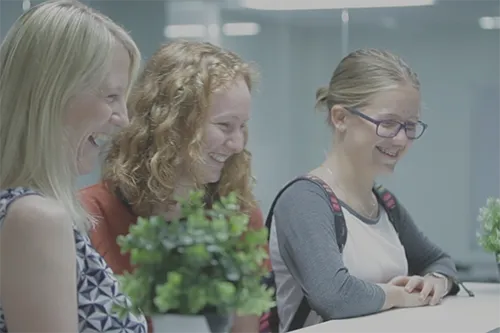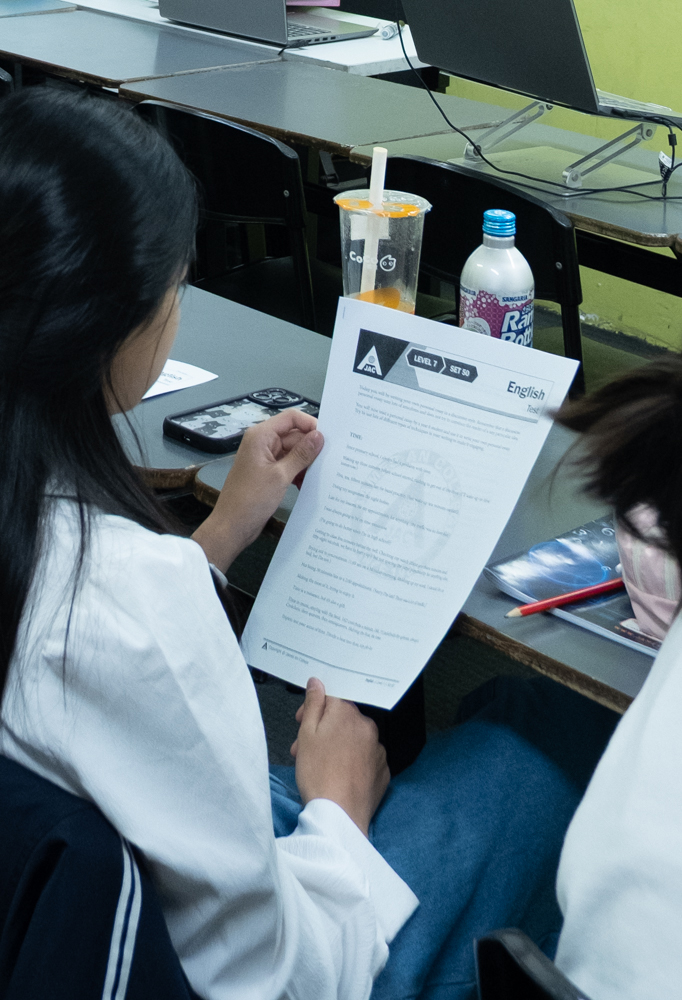Supporting children as they discover what excites and inspires them is one of the most rewarding roles we can play. When a child connects with something meaningful, it can deepen their motivation, strengthen resilience, and offer a sense of direction.
So, how do we guide children towards discovering what truly excites them? And once that spark appears, how do we help it grow into something lasting and meaningful? Rather than rushing the process, the best approach is to focus on creating the right conditions for passions to emerge and develop.

Passion is Grown, Not Given
Contrary to popular belief, children are not born with fully formed passions. In reality, a child’s passion evolves through exposure to varied experiences that spark curiosity and feel personally relevant.
Research on interest development suggests that when children are supported to engage deeply, initial sparks of curiosity can mature into lasting interests — and eventually, passions. When these interests are connected to a sense of purpose or personal identity, engagement becomes self-driven and sustainable.
Our role is not to define a child’s path, but to guide their exploration — offering opportunities to wonder, reflect, and grow along the way.

Helping Children Discover Their Passions Through Exploration
Before children can develop a passion, they must first have the chance to explore. Exploration is the foundation of discovery. It allows them to encounter new ideas, participate in different activities, and reflect on their responses
A stimulating environment need not be elaborate; it should simply offer a wide range of experiences, both structured and unstructured, that encourage hands-on learning and independence.
For younger children, this could mean:
- Open-ended materials for creative play
- Access to nature and outdoor exploration
- Opportunities for role-play and experimentation
For older children and adolescents, exploration becomes more purposeful. While they benefit from a broad range of experiences, they also need depth — opportunities to commit to an activity, build skills, and reflect on its personal meaning. Encouraging participation in clubs, volunteering, or workshops gives them autonomy in their choices and builds confidence.
Structured activities can be particularly valuable for skill-building, discipline, and collaboration, such as:
- Team sports, which develop cooperation and goal-setting
- Music lessons, which promote focus and self-expression
- STEM clubs, which encourage logic and problem-solving
At the same time, unstructured experiences — tinkering with art supplies, experimenting in the garden, or building with recycled materials — are equally important. These self-directed activities often lay the groundwork for long-term passions.

Deepening Engagement: Where Passion Takes Root
Exploration is the first step, but passion deepens when children return to an activity with sustained interest and a desire to improve. Psychologist Mihaly Csikszentmihalyi’s concept of flow — being fully absorbed in a task — is a helpful framework.
To encourage flow:
- Set clear goals – Children thrive when they know what they are working towards.
- Match challenge to skill – Activities should stretch their abilities without overwhelming them.
- Minimise distractions – A calm, supportive environment fosters focus.
For older children, this stage is ideal for introducing goal-setting, reflective practice, and self-directed challenges. This builds ownership over their learning journey without pressuring them towards perfection.

Reflection and Identity Formation in Nurturing Children’s Passions
Self-reflection helps children connect their experiences to their developing identity. Through reflection, they can:
- Recognise what they enjoy and why
- Identify progress and moments of pride
- Connect past experiences to future goals
This process can be supported through open-ended questions such as:
- “What part of that activity made you feel proud?”
- “Would you like to try something similar again?”
For adolescents, this is particularly important. According to Erikson’s theory of psychosocial development, adolescence is a critical stage for identity formation. Passion, when linked to personal meaning, becomes a guiding anchor in this process.
What to Avoid When Helping Children Discover and Nurture Their Passions
While guidance is important, too much control or pressure can undermine motivation. The overjustification effect shows that excessive rewards or strict control can diminish intrinsic interest.
Common pitfalls to avoid include:
- Overcontrol – Restricting choices reduces ownership.
- Perfectionism – Expecting flawless performance can discourage persistence.
- Rigid expectations – Disallowing shifts in interests can limit growth.
Instead, encourage flexibility and recognise that changing passions are a natural part of development. Even brief phases — whether it’s dinosaurs, ballet, or coding — contribute to a child’s learning journey.
When it comes to technology use, focus on purpose rather than just limits. For example, creating digital art or coding is more constructive than passive scrolling.ble—not just what they’re good at. Nurturing children’s passions should feel empowering, not pressured.
Final Thoughts on Supporting Children’s Passions
Helping children discover and nurture their passions is about fostering lifelong curiosity, not forcing early specialisation.
By providing diverse experiences, encouraging flow, promoting reflection, and avoiding excessive pressure, we empower children to grow into confident, self-motivated learners.
For further insights on encouraging children’s curiosity, see Raising Children Network’s guide to fostering interests.
Key Takeaways
- Passions develop over time through exploration, not instant clarity.
- Offer both structured and unstructured opportunities to explore interests.
- Support deep engagement by encouraging flow with clear goals, challenges, and minimal distractions.
- Foster reflection to connect activities to personal meaning.
- Avoid overcontrol and perfectionism; support autonomy and curiosity.
- Stay flexible as children’s interests evolve.
